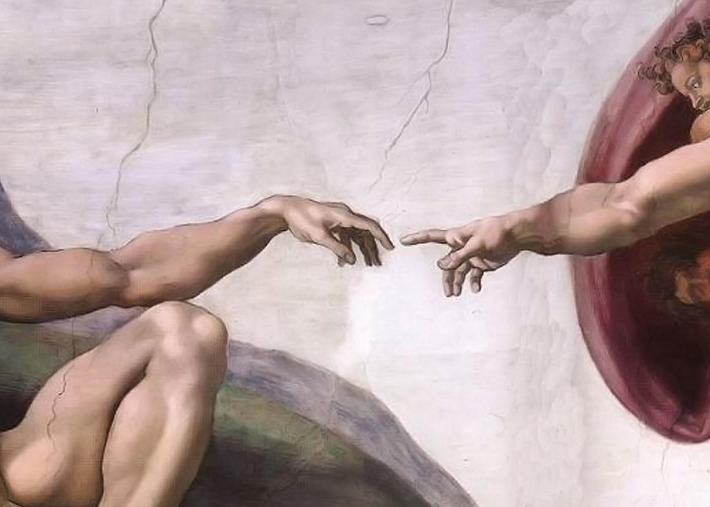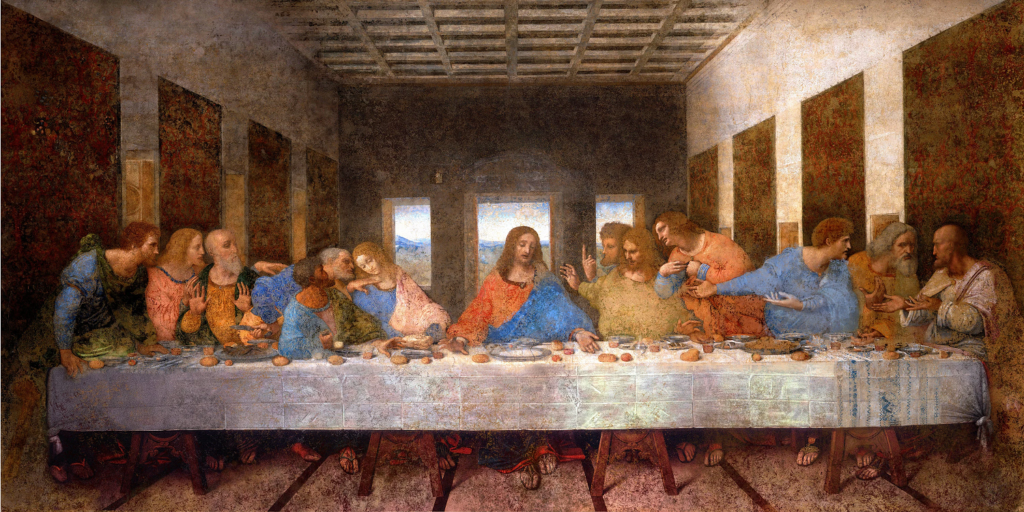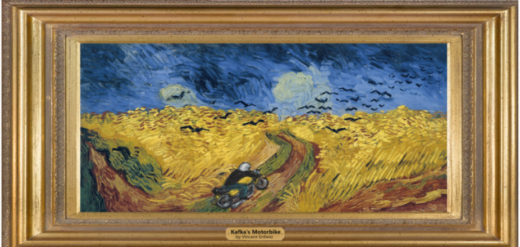In Chapter Eighteen (Down through the Night) Julian Date criticises Eddie’s mural in the new pizza house. ‘I realised it was going to be a false fresco. I just didn’t realise how false.’
So then… a true fresco or a false fresco, what’s the difference?

The Sistine Chapel
Michelangelo’s painted chapel ceiling has survived the privations of time admirably. The principal reason for its condition predates Michelangelo’s first ascent up his tower of scaffolding to the ceiling. And as in so many house painting jobs, the secret of success lay in the thorough prep work.
Michaelangelo had sketched everything out beforehand, creating and re-working his meticulous line drawings at ground level, before rolling a spiked tracing wheel along the lines and then climbing upwards to apply his template over a newly plastered section of the ceiling.

After dusting a light layer of soot over the sketch, it would be peeled away to reveal a dotted outline deposited upon the damp plaster. The artist would then have a few hours to join the dots and then colour in the drawing before the surface dried. Make any mistakes and an entire section needs to be dug out and replastered. Get it right, and the result is super tough. Abrasions or scratches matter little as the images are more than skin-deep, with pigment soaked into (rather than onto) the plaster.
The Sistine Chapel is a true fresco.

The Last Supper
Leonardo da Vinci is widely viewed as one of the greatest minds to have ever lived—a man with a passion for innovative thinking and the thrill of the investigative chase. Although undoubtedly aware of Michelangelo’s fresco techniques, he preferred using oil or tempera, appreciating their luminosity and chiaroscuro, valuing the extra drying time. His masterpiece The Last Supper remains an exemplar of perspective balance, suffused with symbolism, being reinterpreted to the present day.
Sadly, Leonardo didn’t apply his unique intellect to the art of surface preparation. The Last Supper was applied onto a damp exterior wall, ineffectively prepared. It began to disintegrate from the point that the paint dried. Within twenty years, the finish was flaking off; within sixty, the figures had deteriorated to the point of being unrecognizable.
The Last Supper is a false fresco.
